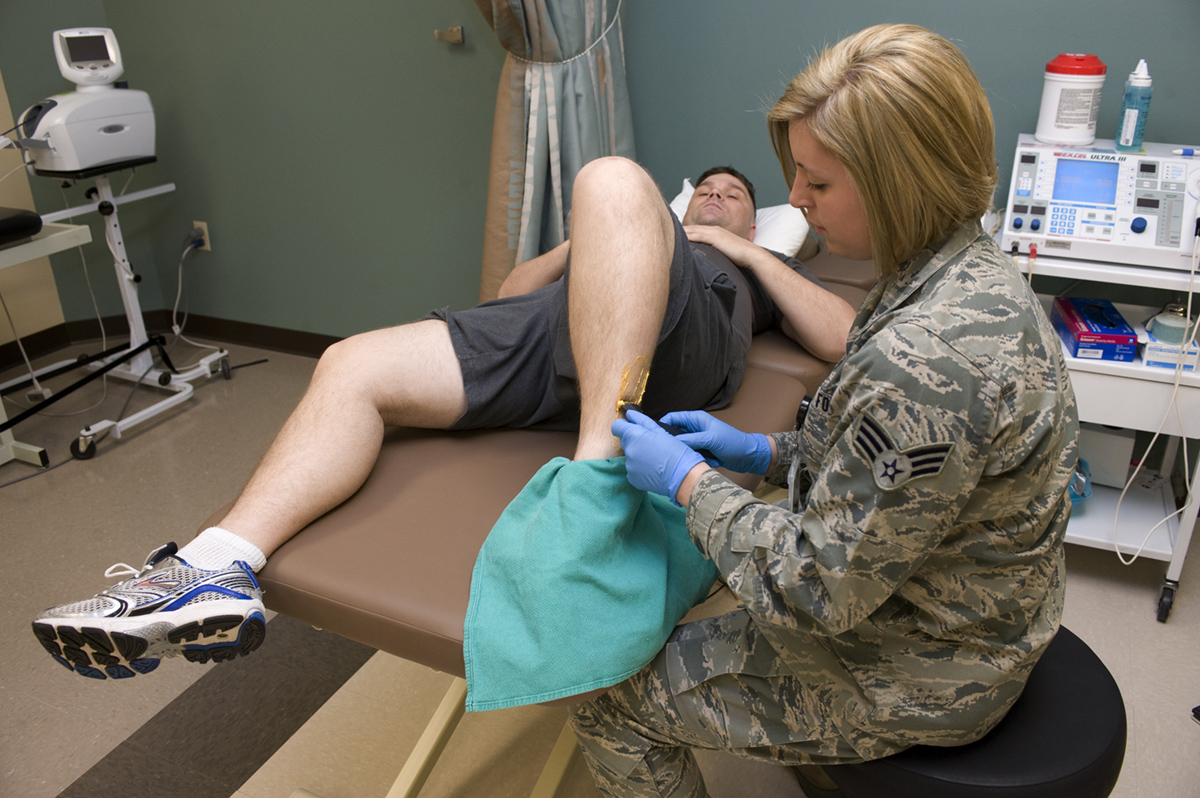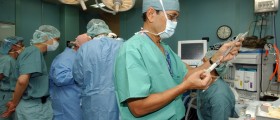
A scar tissue that has appeared in the epidural space that circles around the nerve roots can cause a condition of a chronic neck and back pain down on a lower back. A chronic irritation or inflammation of the epidural space can make a scar tissue as well. Also, surgery of spine can make a scar tissue. But there is a way to avoid a scar tissue, located in the area of epidural space and it is possible with procedure of adhesions, called the percutaneous lysis.
Procedure
5 days before the surgery, patient need to stop taking anti-inflammatory drugs or a blood thinning drugs (aspirin, warfarin, heparin). If it is any other specialist involved, patient has to have medical clearance from other doctor, in order for other specialist to proceed with the case. Eating or drinking 2 hours before the procedure is not allowed. Patient lies on stomach on the surgical table. Sterile procedure requires IV level of sedation. The body region just above the bottom needs to be anesthetized locally.
The fluoroscopic x-ray attached to a surgery procession will reveal a catheter wire inserted in the epidural region. Nerve root of a patient is involved due to a scar tissue, which is subjected with steroid, saline, and contrast inserted, while the catheter moderates the scar tissue and moderates inflamed nerve. Oxygen and vital signs must be watched over all the time. The last stage is the injection, and monitoring of the patient in the recovery room, where surgeons evaluate medical criteria, according to which, patient goes home. After the surgery patient can not drive due to a temporary spasms that may occur. Spasms can be treated with heat or ice.
Complications
Complications are not that often. The pain may boost up for couple of days after the procedure and therefore antibiotics may be required. The rare complications after the surgery are nerve damage of the spine, bad reaction to drugs, increased pain, paralysis, a lung failing, bad spinal headaches, organ perforation, infection, bleeding, seizure, stroke, a fetus impairment and finally death.
There are risks after the steroid injection and those are pathologic fractures, weak ligaments, tissue impairment, bone thinning, hip avascular necrosis, tissue impairment, cataracts and low immunity.
Side Effects
There are several side effects due to a surgery. Diabetic patients would have a higher level of sugars in blood. But general side effects would be fluid retention, rash, flushing, insomnia, weight gain and headache. Sedative taken during the operation are for patient's sake and comfort. Sedatives may create some complications as well, but that is not often.
The complications are pneumonia, airway loss that needs another surgery and aspiration. Also, blood transfusion may create a bad reaction on transfusion, and bad transfusion may include worse infections like hepatitis, HIV and death.

















Your thoughts on this
Loading...